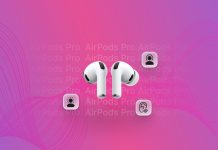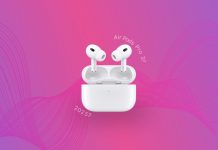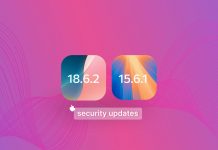
Yesterday, October 1, Bloomberg reported that Apple scrapped work on a lighter version of its Vision Pro headset. The move slightly contradicts the roadmap that analyst Ming-Chi Kuo outlined earlier this year, where he claimed Apple had plans to release a more affordable Vision device around 2027. Instead, Apple shifted its engineers toward smart glasses, a product that looks far closer to daily use than strapping a ski-goggle-sized visor to your face.
Apple never officially promised the so-called “Vision Air,” but insiders described it as lighter, simpler, and almost half the price. Think of it as the Vision Pro’s little brother, easier on the neck and the wallet. With that plan scrapped, Apple now points straight to AI-powered smart glasses. So what kind of smart glasses does the company plan to put on your nose in the next two to three years? Let’s break it down.
Table of Contents
Why Apple Turned Away from Vision Air?
Apple’s decision to cancel the lighter Vision Pro project did not come out of nowhere. The Vision Pro created plenty of buzz when it launched in 2024, but its price and weight quickly became the two elephants in the room. Most buyers loved the futuristic promise but not the sore neck and empty wallet. Instead of polishing a “Vision Air” that might still cost over $1,500 and remain bulky compared to glasses, Apple decided to reallocate those resources to something far more urgent: catching up in the smart glasses race.
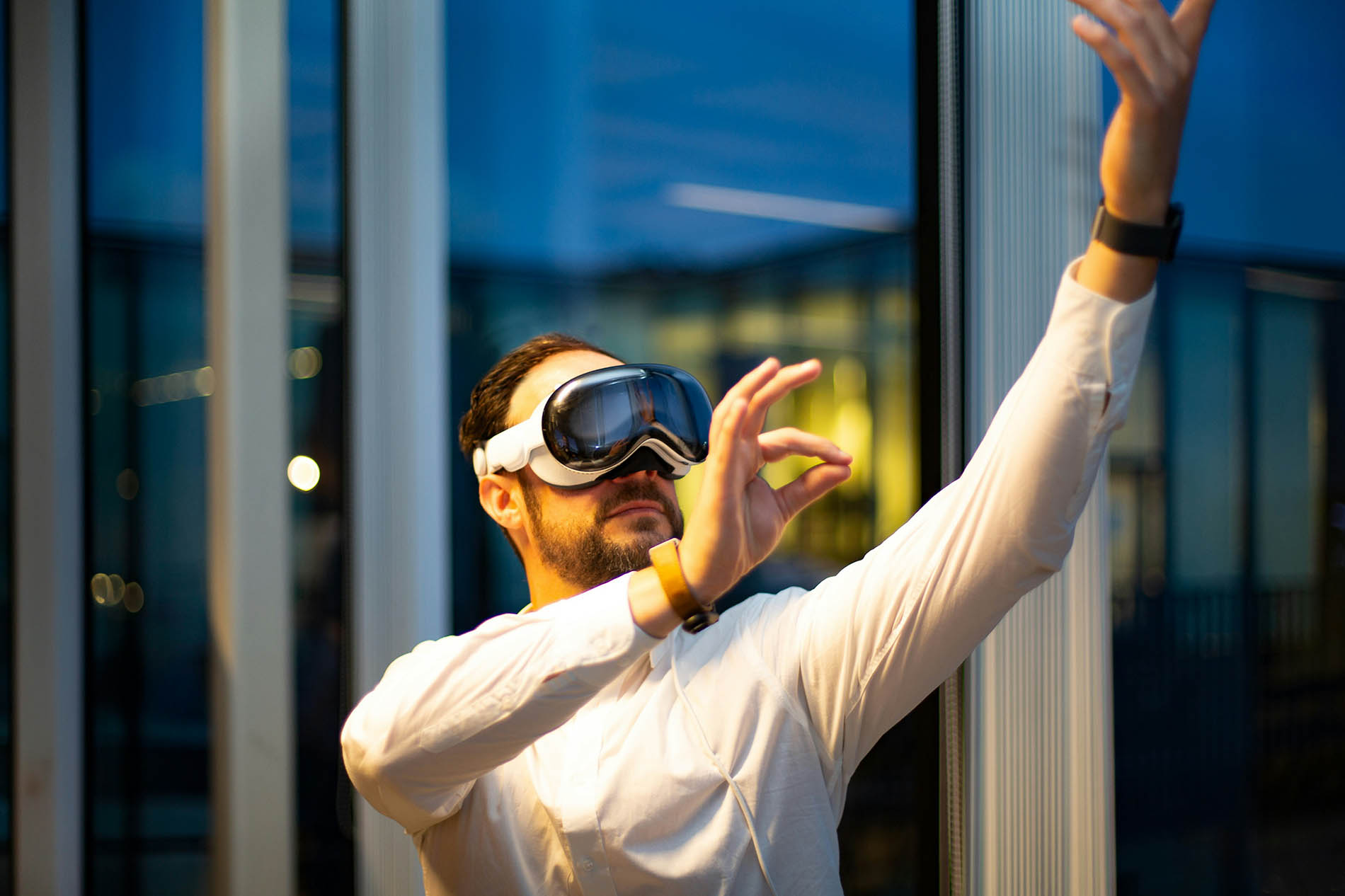
And yes, the competition probably lit the fire under Cupertino. At Meta Connect in late September, Mark Zuckerberg proudly showed off the first consumer-ready smart glasses with a built-in display, priced at $799. They are far from perfect, but they prove that the category is real, not a science-fiction prop.
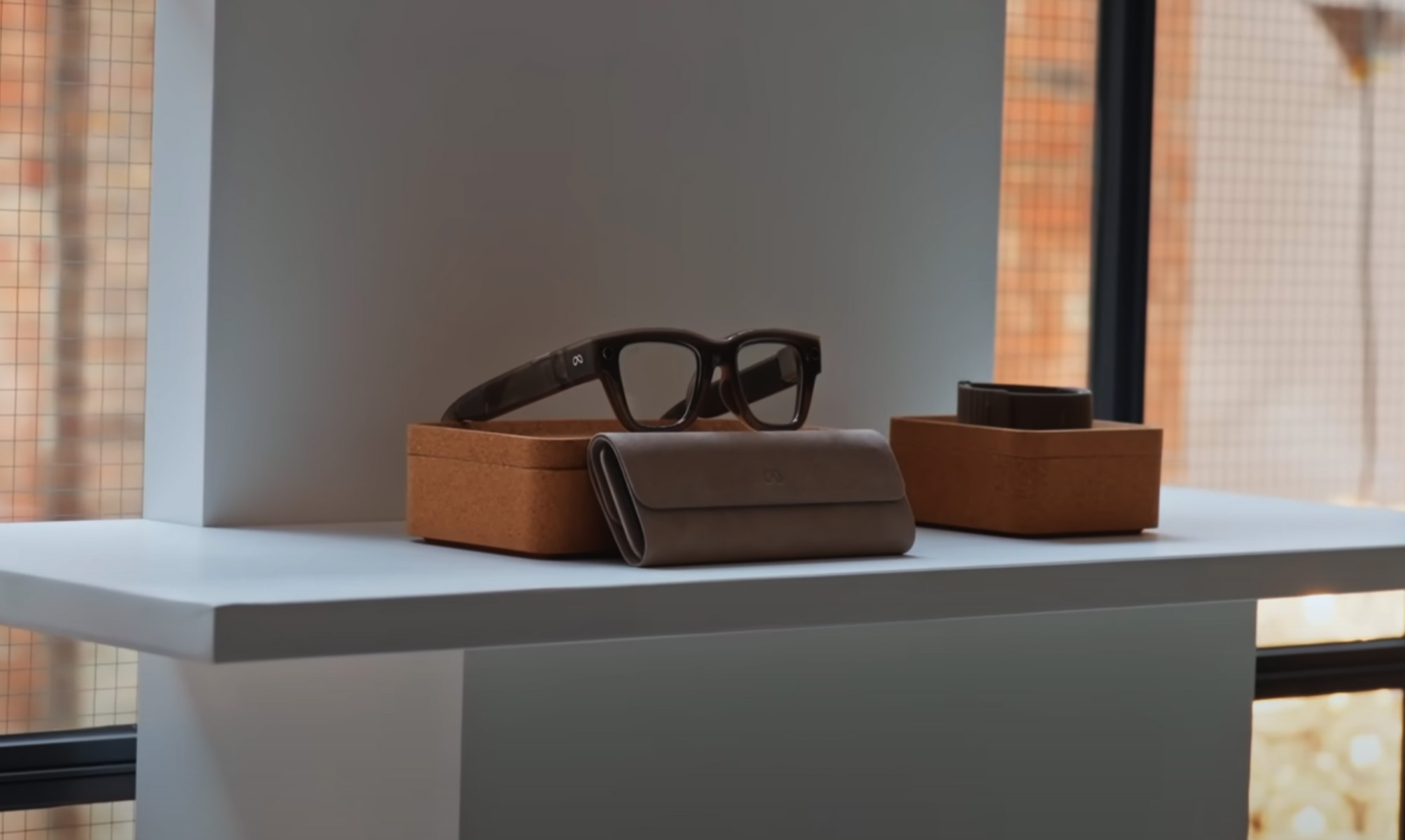
Apple does not enjoy playing catch-up, so shelving Vision Air in favor of smart glasses makes sense. Tim Cook reportedly calls the development of AR glasses his top priority, one engineer even said Cook “cares about nothing else.” That might be an exaggeration, but if you know Apple’s leadership style, maybe not.
Apple’s Upcoming Smart Glasses Explained
Bloomberg reports that Apple now focuses on two versions of smart glasses.
- The first one, internally code-named N50, skips fancy displays. Instead, it pairs with an iPhone, relies on its processing power, and works as camera-equipped eyewear with microphones. Think of it as a more stylish version of Meta’s early Ray-Ban Stories, except with Apple design, Apple chips, and Apple’s privacy stance. Cupertino wants to present this model in 2026 and ship it in 2027.
- The second version comes with micro-displays in the lenses, which means real AR overlays – text, maps, maybe even a notification that your coffee order is ready before the barista yells your name wrong. Originally, insiders pegged this model for 2028, but Apple now tries to move it up because Meta already rolled out glasses with a display. Both versions should ship with multiple frame styles, different materials, and custom Apple silicon.
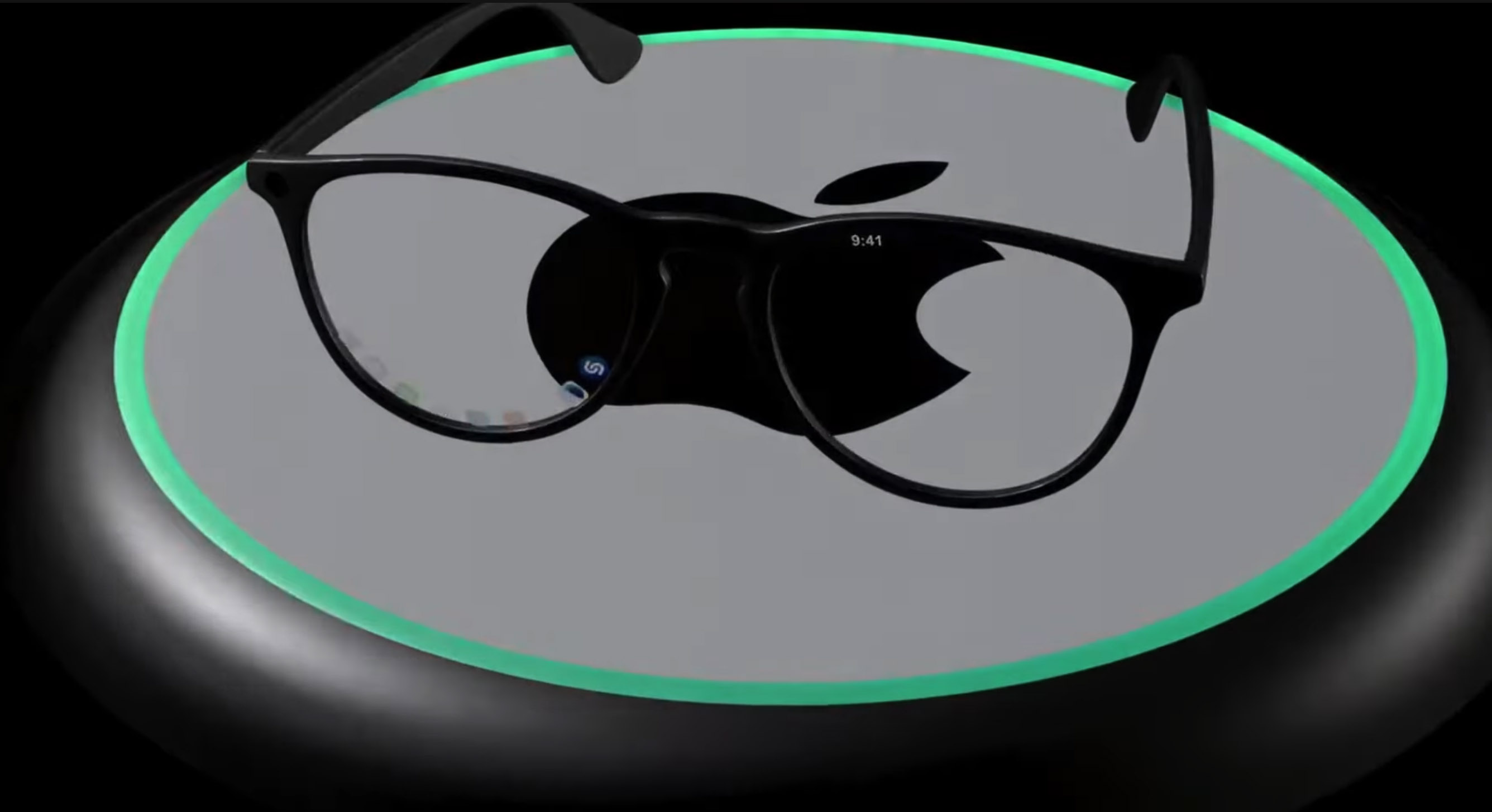
Source: YouTube video by Vids 4u
The glasses will depend heavily on voice and AI interaction. That means Siri has to stop being the assistant that tells you “I found this on the web” and start acting like it knows what you actually asked. Apple has delayed Siri’s full AI upgrade to 2026, but that lines up neatly with the glasses timeline. Expect functions like visual search, instant translations, and scene recognition. In short, your glasses will double as a low-key AI sidekick (hopefully one that does not embarrass you in public).
Apple also understands that nobody wants to look like a walking surveillance drone. Insiders say the company debates limits on continuous recording and plans obvious LED indicators when the glasses record video. All sensitive data will stay processed on-device, which fits Apple’s “we care about privacy more than anyone else” brand image.
Does Apple Really Have Competitors in This Area?
Apple faces one serious rival – Meta. By 2025, Meta had sold over two million pairs of Ray-Ban smart glasses and even added a display in its latest model (the first of its kind in consumer eyewear). Zuckerberg also waved around a bulky “Orion” prototype to prove Meta’s AR ambition, even if nobody plans to wear it outside the lab.

Google once led this space with Google Glass but pulled back after Project Iris collapsed in 2023. Now it focuses on AI inside Pixel phones and licenses platforms to partners like Samsung. In other words, it watches the glasses race from the sidelines.
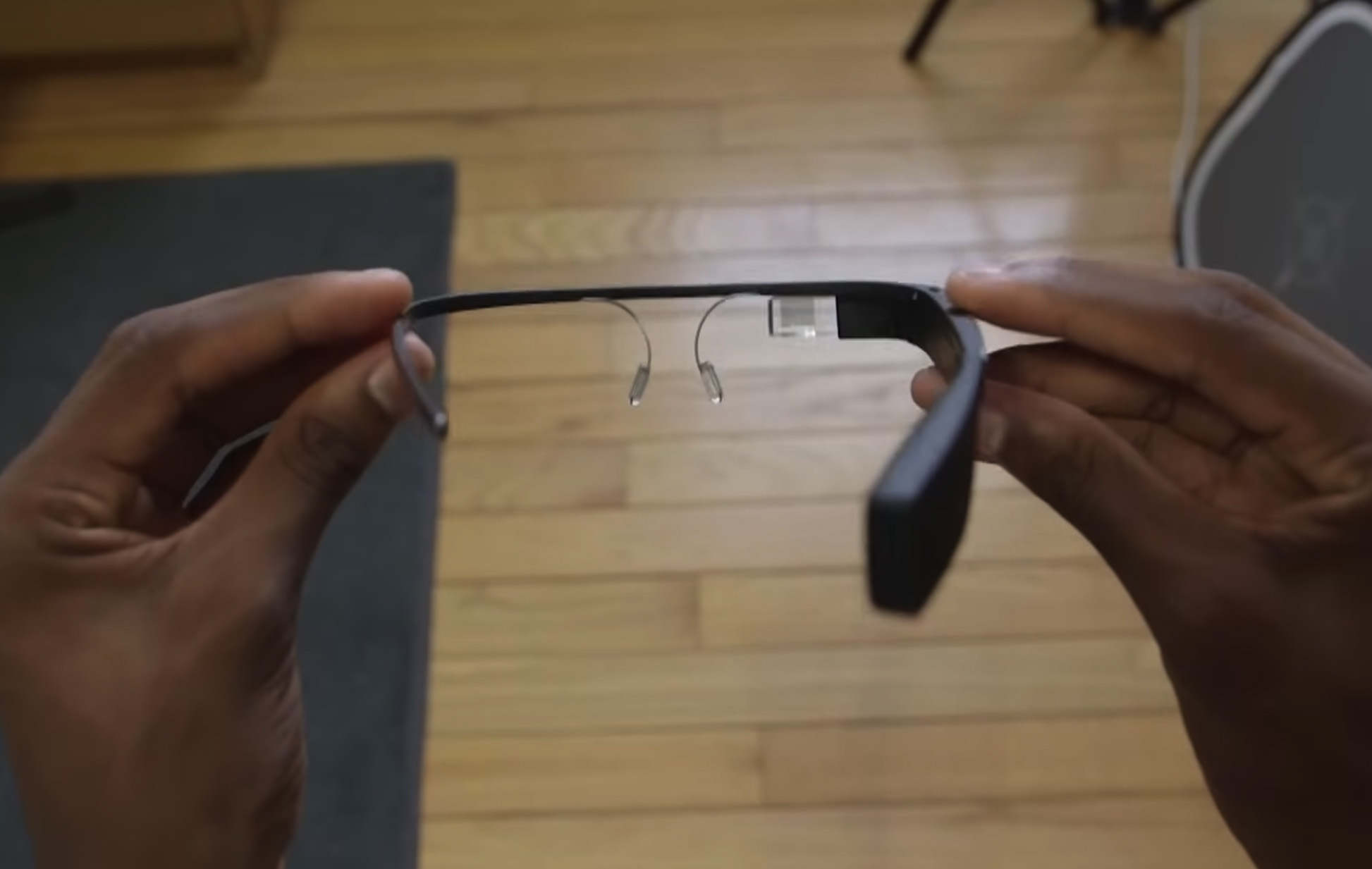
Microsoft and Magic Leap still play in enterprise, not consumer markets. That leaves Apple and Meta as the only real competitors, with Apple betting on polish and long-term dominance while Meta rushes new versions to market.
Final Thoughts
It remains a mystery what Apple will actually ship. We do not call ourselves fans of smart glasses (our hearts still belong to simpler, cleaner devices like iPhones and MacBooks). Yet even we admit that Apple’s latest moves look intriguing. When Apple decides to move this hard, it usually means something bigger hides behind the curtain.
Now we wait for the next round of rumors about Apple’s AI glasses, which will surely surface soon. And of course, we hope for official announcements, or at least those subtle Apple hints that keep the rumor mill running at full speed.

